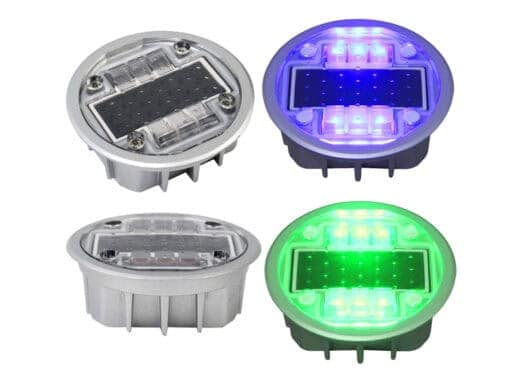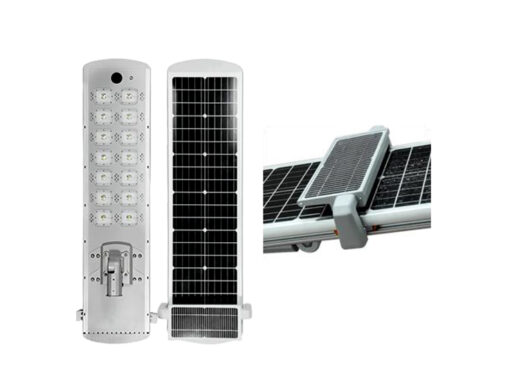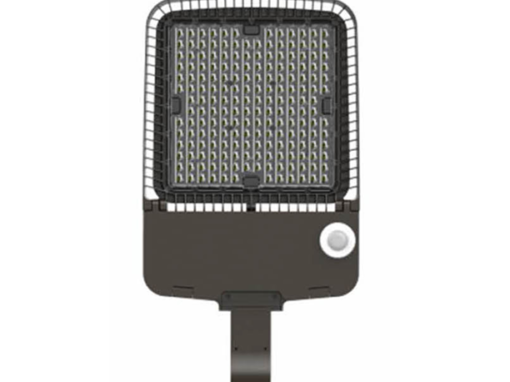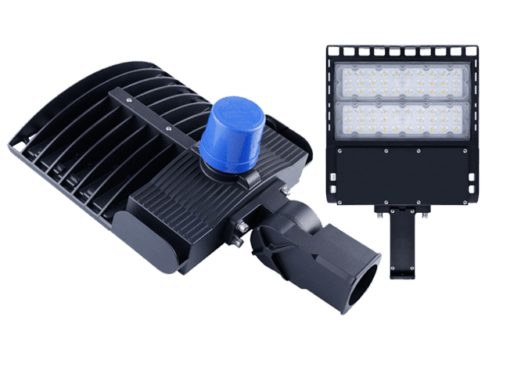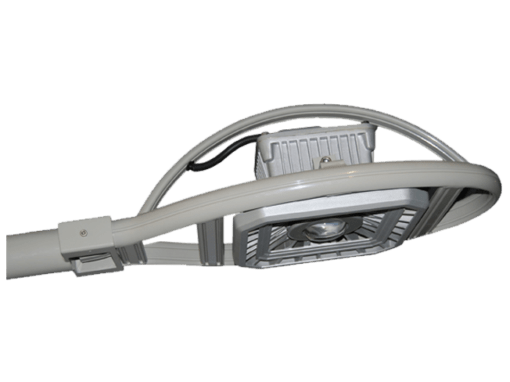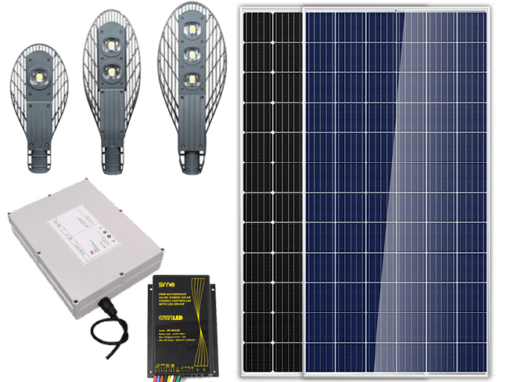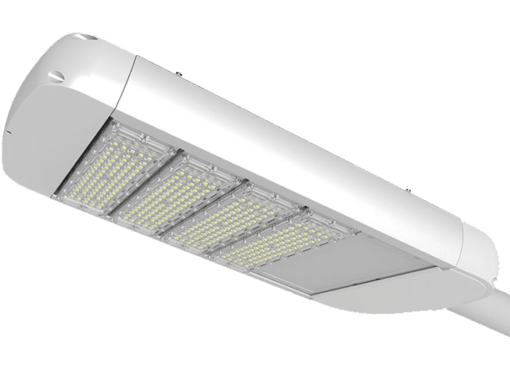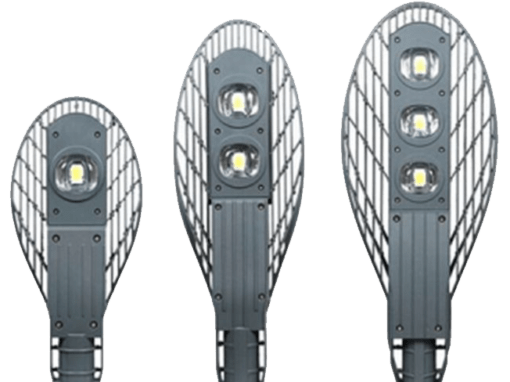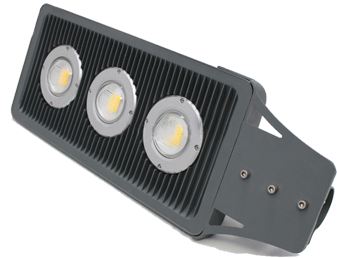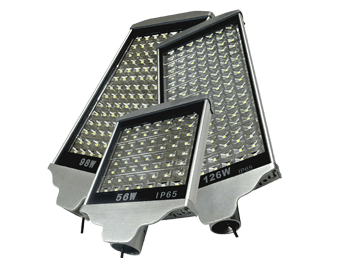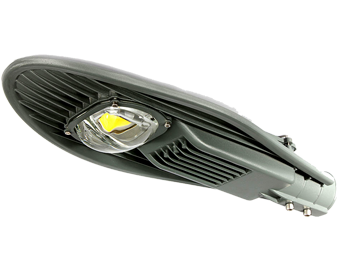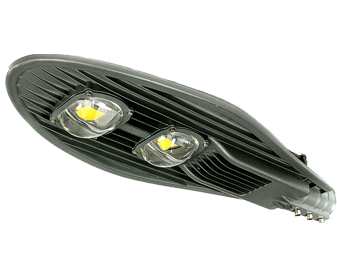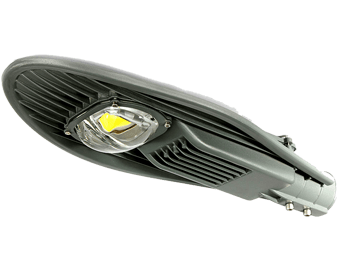LED Street Lighting Classic Type 150W
Cities with vibrant night economies often attract visitors seeking nighttime entertainment, dining, and cultural experiences, thereby boosting tourism and hospitality sectors. Street lights are crucial for hosting nighttime events, festivals, and markets, attracting large crowds and fostering a lively atmosphere. The proper lighting ensures that these events can be enjoyed safely and effectively, contributing significantly to the overall night economy.
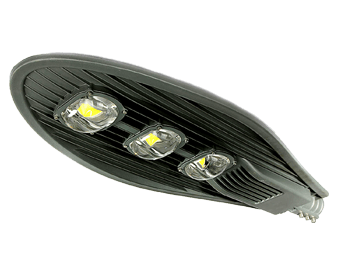
LED Street Lights in the Philippines
Street lights enhance overall visibility in public spaces, encouraging outdoor activities in parks, squares, and commercial areas during the evening. They create a conducive environment for nighttime business and commercial activities, supporting shops, restaurants, and entertainment venues and contributing to a vibrant night economy.
LED Street Lighting in the Philippines
LED Street Lights Classic Type 150W
Power: 150W
LED CHIP: Taiwan EPISTAR / US CREE
LED Driver: Taiwan Meanwell
IP Rating: IP65
CRI: 75
Input Voltage: AC85~265V
CCT: 2700-6500
Light Color: Warm White/Day Light
Power Efficiency: >0.88
Power Factor: >0.95
Luminous Flux: 110 lm/w
Working Temperature: –30?~50?
Installation Height: 30W to 50W: 3-5m, 100W/150W: 8-12m
Beam Angle: 120 degree
Life span: 50,000 Hrs
Main Material: Die Cast Aluminum
Warranty: 3 Years
Product Size (mm): 150W: 890*335*100mm
LED Street Light
Street lights play a pivotal role in both urban and rural settings, serving as crucial elements that contribute to public safety, visibility, and overall well-being. These lights fulfill a range of essential functions, enhancing various aspects of daily life. Illuminating roads, intersections, and pedestrian crossings, street lights improve visibility for drivers, cyclists, and pedestrians, thereby reducing the risk of accidents and providing clear guidance on roadways. They also contribute significantly to crime prevention by brightening public spaces, making them less appealing to criminals and fostering an increased sense of security among residents. Ensuring pedestrian safety, street lights illuminate sidewalks and crosswalks during nighttime hours, promoting walkability and reducing the likelihood of accidents. Additionally, these lights are integral to traffic management, providing signals at intersections and guiding the flow of vehicles and pedestrians, including the regulation facilitated by traffic lights.
Extending Night Economy
Street lights enhance overall visibility in public spaces, encouraging outdoor activities in parks, squares, and commercial areas during the evening. They create a conducive environment for nighttime business and commercial activities, supporting shops, restaurants, and entertainment venues and contributing to a vibrant night economy. Public spaces, including parks and recreational areas, benefit from the illumination provided by street lights, making them safer and more inviting for residents and visitors alike. Crucially, street lights assist emergency services such as police, fire, and medical responders by providing adequate lighting for efficient navigation and timely responses to emergencies. Furthermore, these lights contribute to the aesthetics of cities and towns, enhancing the visual appeal of buildings and landmarks, thereby attracting tourists and residents alike.
Street lights also prove indispensable for hosting nighttime events, festivals, and markets, providing the necessary illumination for safe and enjoyable participation. Some street lights are specifically designed to minimize light pollution and preserve the natural night sky, a critical consideration in areas where astronomical observations are conducted. Finally, in remote or rural areas lacking access to the power grid, solar-powered street lights offer a sustainable solution for illuminating roadways and public spaces. In essence, street lights serve a multifaceted role, extending beyond basic illumination to contribute significantly to public safety, community engagement, and various aspects of infrastructure in both urban and rural environments.
LOOK NO FURTHER
LED STREET LIGHTS
